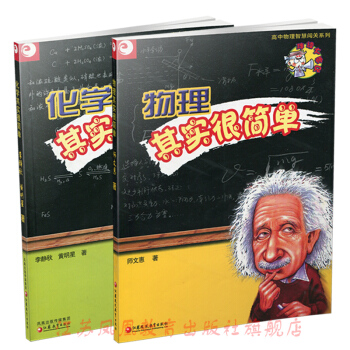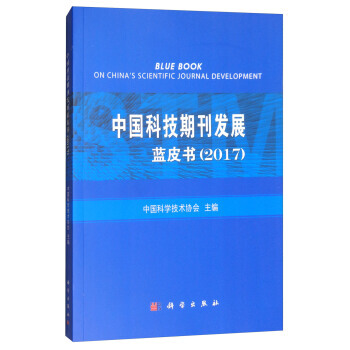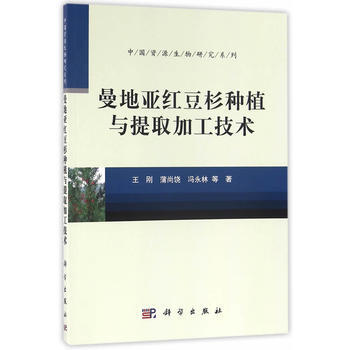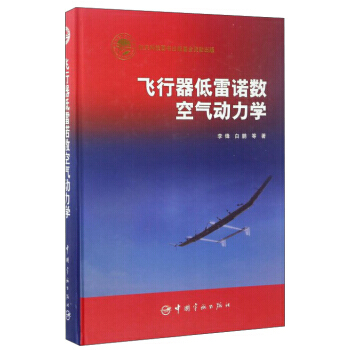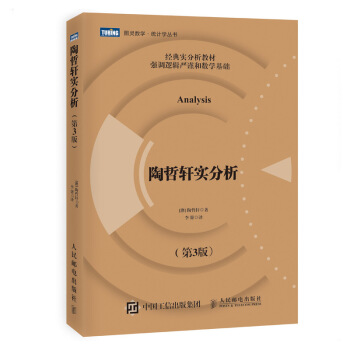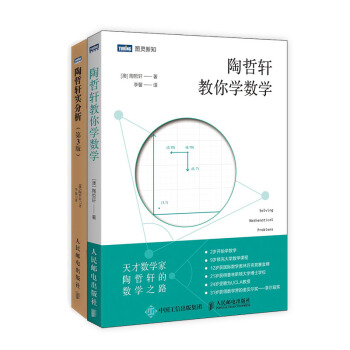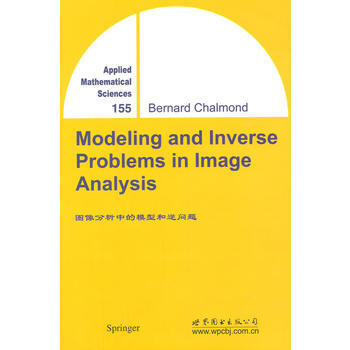

具体描述
基本信息
书名:图像分析中的模型和逆问题
定价:59.00元
作者:(法)查蒙德
出版社:世界图书出版公司
出版日期:2014-11-01
ISBN:9787510070198
字数:
页码:
版次:1
装帧:平装
开本:24开
商品重量:0.4kg
编辑推荐
内容提要
This book fulfills a need in the field of puter science research and education. It is not intended for professional mathematicians, but it undoubtedly deals with applied mathematics. Most of the expectations of the topic are fulfilled: precision, exactness, pleteness, and excellent references to the original historical works. However, for the sake of read-ability, many demonstrations are omitted. It is not a book on practical image processing, of which so many abound, although all that it teaches is directly concerned with image analysis and image restoration. It is the perfect resource for any advanced scientist concerned with a better un-derstanding of the theoretical models underlying the methods that have efficiently solved numerous issues in robot vision and picture processing.
目录
Foreword by Henri MaitreAcknowledgmentsList of FiguresNotation and Symbols1 Introduction 1.1 About Modeling 1.1.1 Bayesian Approach 1.1.2 Inverse Problem 1.1.3 Energy-Based Formulation 1.1.4 Models 1.2 Structure of the Book Spline Models2 Nonparametrie Spline Models 2.1 Definition 2.2 Optimization 2.2.1 Bending Spline 2.2.2 Spline Under Tension 2.2.3 Robustness 2.3 Bayesian Interpretation 2.4 Choice of Regularization Parameter 2.5 Approximation Using a Surface 2.5.1 L-Spline Surface 2.5.2 Quadratic Energy 2.5.3 Finite Element Optimization3 Parametric Spline Models 3.1 Representation on a Basis of B-Splines 3.1.1 Approximation Spline 3.1.2 Construction of B-Splines 3.2 Extensions 3.2.1 Multidimensional Case 3.2.2 Heteroscedasticity 3.3 High-Dimensional Splines 3.3.1 Revealing Directions 3.3.2 Projection Pursuit Regression4 Auto-Associative Models 4.1 Analysis of Multidimensional Data 4.1.1 A Classical Approach 4.1.2 Toward an Alternative Approach 4.2 Auto-Associative Composite Models 4.2.1 Model and Algorithm 4.2.2 Properties 4.3 Projection Pursuit and Spline Smoothing 4.3.1 Projection Index 4.3.2 Spline Smoothing 4.4 IllustrationⅡ Markov Models5 Fundamental Aspects 5.1 Definitions 5.1.1 Finite Markov Fields 5.1.2 Gibbs Fields 5.2 Markov-Gibbs Equivalence 5.3 Examples 5.3.1 Bending Energy 5.3.2 Bernoulli Energy 5.3.3 Gaussian Energy 5.4 Consistency Problem6 Bayesian Estimation 6.1 Principle 6.2 Cost Functions 6.2.1 Cost b-hnction Examples 6.2.2 Calculation Problems7 Simulation and Optimization 7.1 Simulation 7.1.1 Homogeneous Markov Chain 7.1.2 Metropolis Dynamic 7.1.3 Simulated Gibbs Distribution 7.2 Stochastic Optimization 7.3 Probabilistic Aspects 7.4 Deterministic Optimization 7.4.1 ICM Algorithm 7.4.2 Relaxation Algorithms8 Parameter Estimation 8.1 Complete Data 8.1.1 Maximum Likelihood 8.1.2 Maximum Pseudolikelihood 8.1.3 Logistic Estimation 8.2 Inplete Data 8.2.1 Maximum Likelihood 8.2.2 Gibbsian EM Algorithm 8.2.3 Bayesian Calibration Ⅲ Modeling in Action9 Model-Building 9.1 Multiple Spline Approximation 9.1.1 Choice of Data and Image Characteristics 9.1.2 Definition of the Hidden Field 9.1.3 Building an Energy 9.2 Markov Modeling Methodology 9.2.1 Details for Implementation10 Degradation in Imaging 10.1 Denoising 10.1.1 Models with Explicit Discontinuities 10.1.2 Models with Implicit Discontinuities 10.2 Deblurring 10.2.1 A Particularly Ill-Posed Problem 10.2.2 Model with Implicit Discontinuities 10.3 Scatter 10.3.1 Direct Problem 10.3.2 Inverse Problem 10.4 Sensitivity Functions and Image Fusion 10.4.1 A Restoration Problem 10.4.2 Transfer Function Estimation 10.4.3 Estimation of Stained Transfer Function11 Detection of Filamentary Entities 11.1 Valley Detection Principle 11.1.1 Definitions 11.1.2 Bayes-Markov Formulation 11.2 Building the Prior Energy 11.2.1 Detection Term 11.2.2 Regularization Term 11.3 Optimization 11.4 Extension to the Case of an Image Pair12 Reconstruction and Projections 12.1 Projection Model 12.1.1 Transmission Tomography 12.1.2 Emission Tomography 12.2 Regularized Reconstruction 12.2.1 Regularization with Explicit Discontinuities 12.2.2 Three-Dimensional Reconstruction 12.3 Reconstruction with a Single View 12.3.1 Generalized Cylinder 12.3.2 Training the Deformations 12.3.3 Reconstruction in the Presence of Occlusion13 Matching 13.1 Template and Hidden Outline 13.1.1 Rigid Transformations 13.1.2 Spline Model of a Template 13.2 Elastic Deformations 13.2.1 Continuous Random Fields 13.2.2 Probabilistie AspectsReferencesAuthor IndexSubject Index
作者介绍
文摘
序言
用户评价
从我过去阅读过的大量相关文献来看,这本书的参考文献体系无疑是极其扎实和全面的。它不仅引用了经典奠基性的工作,还对近几年最新的研究进展也保持了高度的关注和收录,这使得它不仅仅是一本教材,更像是一份高质量的综述报告。对于想要深入研究某个特定子领域的读者来说,书后那份详尽的引用列表简直就是一张宝藏地图,每一条目都指向了可能的研究方向或重要的理论源头。这种对知识来源的尊重和追溯,体现了作者极高的学术素养,也为读者建立起一个坚实的学术脉络,保证了我们所学知识的即时性和前沿性,绝对是一本可以放在案头随时翻阅的工具书。
评分拿到这本书,我的第一感觉是它拥有着一种令人信服的内在逻辑结构。作者在开篇部分构建了一个非常宏大且清晰的知识框架,仿佛是为我们这些初学者搭建了一条坚固的脚手架,让我们能够有序地攀爬那些高耸入云的理论高峰。它没有急于抛出那些让人望而生畏的复杂公式,而是循序渐进地铺陈背景,从最基础的信号处理和概率论概念出发,稳步过渡到高级的优化理论。这种讲解的节奏感把握得恰到好处,不像有些教材那样恨不得把所有知识点一股脑灌输进来,而是耐心地等待读者消化吸收每一个小模块,然后再巧妙地将它们串联起来。我发现自己很少需要跳跃式阅读,因为每一个承接点都处理得非常平滑自然,阅读体验堪称流畅。
评分这本书的封面设计和装帧质量给我留下了非常深刻的印象,那种沉稳而又不失现代感的排版,让人一翻开就感觉自己正要踏入一个严谨而又充满智慧的知识殿堂。纸张的触感非常舒适,即便是长时间阅读,眼睛也不会感到过度的疲劳,这对于一本涉及复杂理论的专业书籍来说,简直是太重要了。我尤其欣赏出版社在细节上所花费的心思,比如章节标题的字体选择和图表的清晰度,都达到了极高的专业水准。初次接触时,我甚至花了好几分钟来欣赏那些精美的插图,它们不仅仅是内容的辅助,更像是艺术品,将那些抽象的数学概念可视化,极大地降低了我的畏难情绪。这种对物理实体的重视,往往预示着内容本身也是经过精心打磨和审视的,让人对接下来的学习充满了信心和期待。
评分作为一名资深的研究人员,我一直在寻找能够将理论与实际应用完美结合的典范著作,而这本书在这方面展现出了惊人的深度和广度。它不仅仅停留在数学推导的美感上,更重要的是,它持续不断地将抽象的模型拉回到具体的成像、识别乃至医学诊断等实际场景中去。书中对不同反演方法的局限性和适用条件进行了深入的剖析,这种批判性的视角非常宝贵,它教会了我如何“选择”模型,而不是盲目地“套用”模型。特别是关于正则化策略的讨论,作者给出了多种不同哲学思想指导下的方法论对比,这对于我正在进行的某项降噪工作提供了全新的思路和验证角度,感觉就像是获得了一把开启新大门的万能钥匙。
评分这本书的语言风格,如果用一个词来形容,那就是“精准而又富有启发性”。它避免了过度口语化的叙述,保持了学术著作应有的严谨性,但同时,那些关键概念的定义和解释又常常伴随着一两句画龙点睛的比喻或类比,让人豁然开朗。我特别欣赏作者在阐述某个复杂算法的收敛性或稳定性时,所采用的那种深入浅出的论证方式。它好像一位耐心且博学的导师,知道在你即将感到困惑时伸出援手,用最简洁的语言帮你拨开迷雾。这种阅读体验与那些干巴巴的教科书形成了鲜明的对比,让人感觉学习过程本身也成了一种享受,而不是一种负担。
相关图书
本站所有内容均为互联网搜索引擎提供的公开搜索信息,本站不存储任何数据与内容,任何内容与数据均与本站无关,如有需要请联系相关搜索引擎包括但不限于百度,google,bing,sogou 等
© 2025 book.coffeedeals.club All Rights Reserved. 静流书站 版权所有

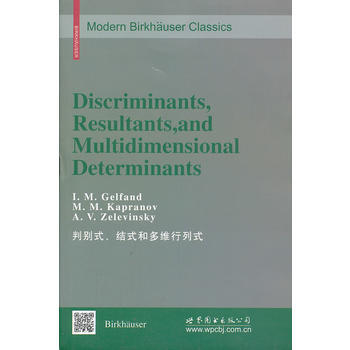
![布罗卡的脑 对科学罗曼史的反思 [美]卡尔·萨根 9787115400888 人民邮电出版 pdf epub mobi 电子书 下载](https://pic.windowsfront.com/28002632649/5af148b6Nefe651e6.jpg)


